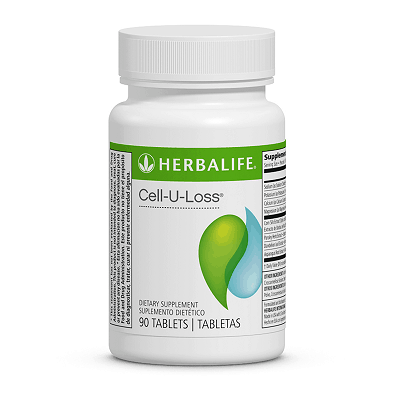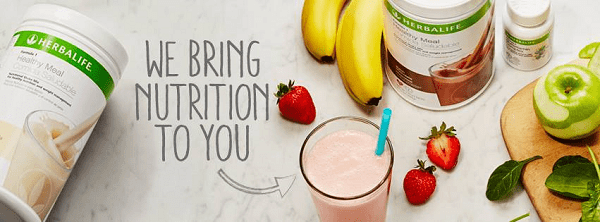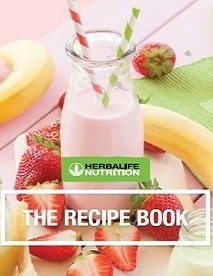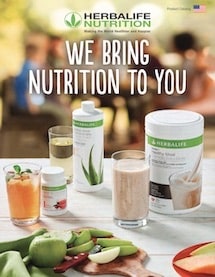Eating Better – Make it Personal
When you break it down, the basic components of a healthy diet are really pretty simple – lean protein, plenty of vegetables and fruits, some starches in the form of whole grains or beans, a bit of “good” fats for flavour, and fluids to keep you hydrated. Then, you put all of that into a meal pattern you can live with, and you’re good to go.

The key in all of this is to find foods that you truly enjoy eating that are also good for you. They’re out there – trust me. With literally thousands of foods to choose from, you should be able to find – with a little experimentation – plenty of things to eat that fill the bill.
Just because everyone is eating kale (and you simply can’t get it past your lips) doesn’t mean you need to eat it. There are plenty of other leafy greens you can try that offer up a similar nutrition profile. Choking down something that you hate – just because it’s good for you – is hardly a habit in the making.
Six Tips for a Better Diet
Make Healthy Protein Choices
One problem in choosing which proteins to eat is that – if you’re not careful – you can end up eating a lot of fat, too. If fatty cuts of meat, sausages and ground beef are your go-to proteins, start thinking about what you would be willing to eat instead. An easy first step is to ditch the ground beef and replace it with ground poultry breast – in most recipes, the difference isn’t that noticeable. When you’re ready to try adding more fish to your diet, you might try starting with something familiar – maybe for you that means shrimp or canned tuna. Look at your everyday recipes and see where you might substitute these for fattier meats – maybe in a pasta sauce, a wrap, or in tacos. Canned beans are convenient, mild in flavour and very low in fat – you can make a vegetarian stew, add them to soups, or whirl them in the blender with a little olive oil and garlic for a healthy dip for raw veggies. Tofu is worth a try, too – it’s got a very mild flavour that works well in soups and stir-fried dishes, or you can try roasting it.
Eat More Fruits and Vegetables
Those who don’t eat enough fruits and vegetables often say it’s not because they don’t like them – it’s just that they don’t always have them on hand, or that these foods simply spoil before they get around to eating or cooking them. The easiest work-around here is to stock your freezer with loose pack fruits and veggies – frozen fruits and vegetables are as nutritious as fresh – and you don’t have to worry about spoilage. Then, it’s easy to add fruits to your morning protein shake or your yogurt, or to add veggies to soups, omelettes, pasta dishes, and stir-fries. Keep a bowl of fresh fruit on your kitchen counter, and cut up veggies in the refrigerator –having them visible and ready-to-eat will encourage you to eat more. Make a goal to have a fruit or veggie with every meal or snack. When you go out to eat, order double veggies and skip the starch, or start your meal with a colourful salad or veggie soup. And get in the habit of having fruit for dessert. If taste is what’s stopping you from eating enough vegetables, find some new ways to season them.
Swap in Whole Grains for Refined Grains
This is probably one of the easiest ways to improve your diet. When you switch from refined grains (like white bread, white rice, refined pasta, flour tortillas) to whole grains, you get a big boost in nutrition and fibre, too. You can find whole grain counterparts for all your usual refined grains, so start experimenting with whole wheat pasta, brown rice, corn tortillas and 100% whole grain bread. For side dishes, you might want to experiment with other grains, like quinoa or wild rice.
Eat Healthy Fats in Small Amounts
Fats – even the “good” ones – pack quite a few calories. That’s why you should focus on reducing your overall fat intake – by steering clear of high fat snack foods, desserts and fried foods – and allowing yourself small amounts of healthy fats to supply necessary fatty acids. Nuts, avocado, olive and canola oils are considered healthier than other fats, so find ways to incorporate these foods into your diet. Avocado makes a good replacement for mayonnaise or butter, and nuts – in small amounts – can contribute healthy fats to salads, vegetable dishes, hot cereal or yogurt. Rather than grain-based oils, switch to olive or canola oils when you cook.
Drink More Water and Tea
Good nutrition and plenty of fluids go hand-in-hand. Water serves many functions in your body, not the least of which is that it helps you digest your food and it helps transport nutrients to your cells. If you don’t drink as much liquid as you should, try to foster the habit by keeping a water bottle nearby during the day. If you don’t care for plain water, have tea instead, or make your own spa water by adding some fresh fruit or cucumber slices or herbs to flavour your water.
Eat Healthier Snacks
Snacking is not a bad thing if you do it right. A well-chosen snack can help keep you from getting overly hungry between meals (which can lead to overeating when you finally do sit down), and having a snack means an opportunity during the day to sneak in some extra protein, vegetables, fruit or even some calcium-rich dairy. Ideally, you’ll want a combination of protein and carbohydrate to get the most staying power from your snack. You can get really creative or you can rely on quick and easy fresh fruit, raw vegetables with hummus, nuts, edamame beans, protein bars and cartons of yogurt.
Susan Bowerman is Director of Nutrition Training at Herbalife. Susan is a Registered Dietitian and a Board-Certified Specialist in Sports Dietetics.








